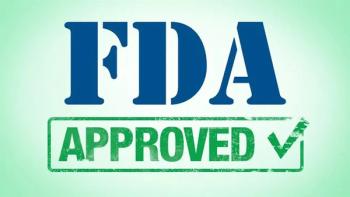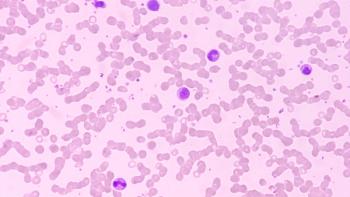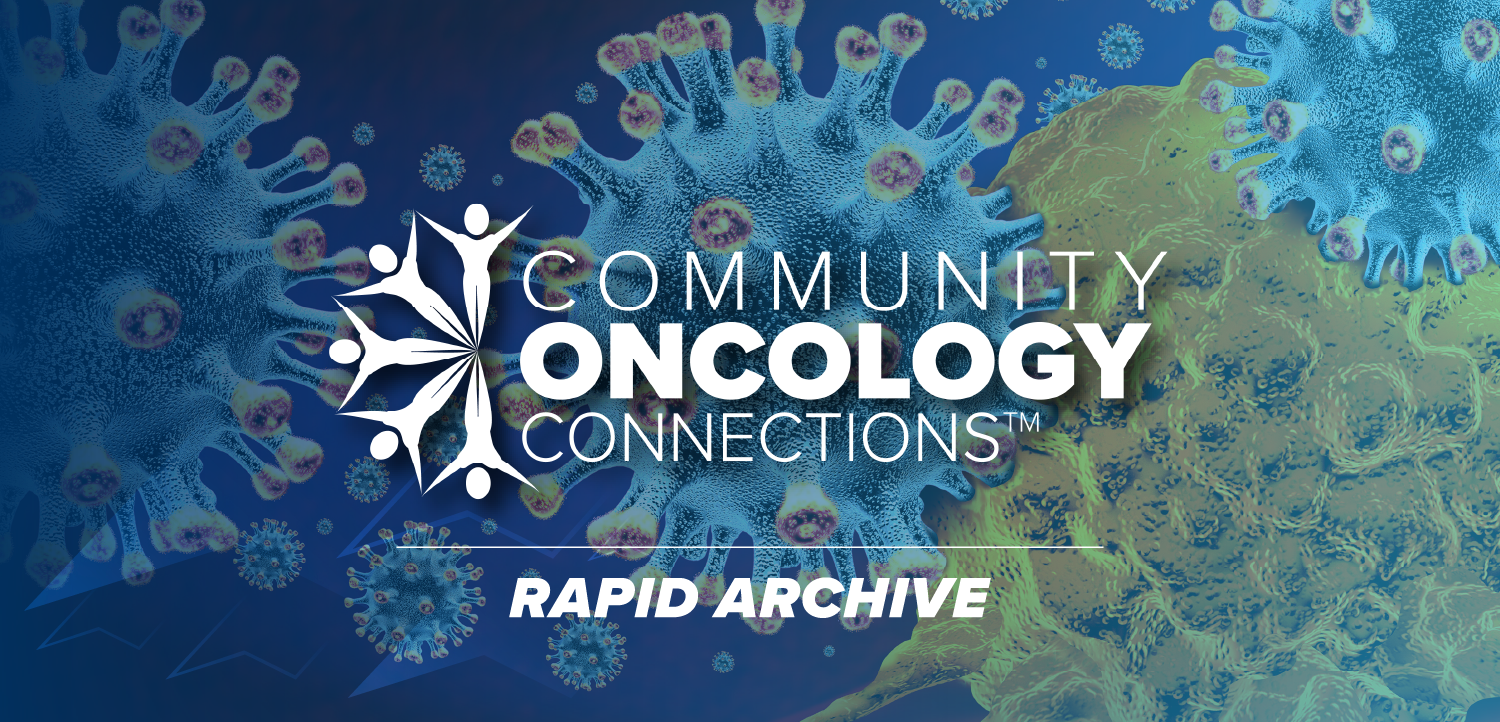
Safer Care in Breast Cancer: Expert Advice for Managing ADC Toxicities
Paolo Tarantino, MD, PhD, discusses ADC structure, toxicity, and nursing consideration for the treatment of patients with breast cancer.
Antibody-drug conjugates (ADCs) have transformed the treatment landscape in breast cancer, but their unique structures also shape distinctive toxicity profiles that oncology nurses and advanced practice providers (APPs) must manage. According to Paolo Tarantino, MD, PhD, a clinical research fellow at Dana-Farber Cancer Institute, the 3 fundamental components of ADCs—the antibody, linker, and payload—each contribute differently to both efficacy and adverse events (AEs).
In an interview with Oncology Nursing News at the 2025 International Congress on the Future of Breast Cancer East, hosted by Physicians Education Resource LLC®, Tarantino explained how nurses and APPs can better anticipate and recognize toxicities based on these structural elements. He emphasized that on-target toxicities, such as cardiotoxicity with HER2-directed ADCs or rash with TROP2-directed agents, differ from off-target toxicities, which typically stem from chemotherapy payloads. Understanding these distinctions is essential to guide patient education, monitoring, and supportive care.
Tarantino highlighted that the stability of the linker often determines whether toxicities resemble chemotherapy-related effects or immune-mediated reactions. He also underscored the importance of recognizing resistance patterns tied to payloads, which can inform subsequent treatment strategies. These insights provide practical considerations for frontline oncology nurses navigating
Oncology Nursing News: What are the key structural components of antibody-drug conjugates?
Tarantino: I consider
Why is the payload so important for both efficacy and resistance?
The payload is important because it’s the one that can lead to cross-resistance. If you use a topoisomerase I inhibitor ADC, you may want to think of something different afterwards if it’s available, like a microtubule inhibitor ADC. In terms of resistance, you may want to switch the payload.
How does the linker affect the toxicity profile of ADCs?
The linker is very important for the stability of the ADC. Very unstable linkers tend to lead to a lot of chemotherapy-related [AEs] like alopecia, fatigue, neutropenia, whereas very stable ADCs totally switch the toxicity profile toward the antibody, so you see less of the chemotherapy-related AEs, but more of the antibody-related.
What role does the antibody play in ADC activity?
The antibody is critical for the type of disease you’re treating. We know that HER2 ADCs are key for breast cancer, along with TROP2 ADCs. Nectin-4 ADCs treat urothelial cancer, tissue factor ADCs treat cervical cancer, and we are [continuing to learn] more. It’s very hard to tell which one of the 3 pieces is most important, but it’s important to understand that each one of them has important repercussions and to learn the repercussions of each, which is very important in oncology.
How do on-target toxicities of ADCs affect patients?
It’s critical to realize that the toxicity profile of ADCs comes from on-target and off-target toxicities.
What is the impact of off-target toxicities in the treatment of breast cancer with ADCs?
Usually, the chemotherapy payload can lead to different toxicities. If it’s a TOP1 inhibitor, usually you see AEs associated with irinotecan such as alopecia, nausea, and fatigue. If it’s a microtubule inhibitor like monomethyl auristatin E (MMAE), what you can see is peripheral neuropathy, neutropenia, and so on.
Therefore, it’s important to understand the difference between on-target and off-target toxicities. Understand that every ADC has a mixture of both, but usually it’s the off-target toxicities—the chemotherapy-related toxicities—that determines the maximum-tolerated dose. It’s important to take that into account when you administer an ADC, because they are targeted drugs, but they’re also chemotherapy—they’re targeted chemotherapies.
This transcript has been edited for clarity and conciseness.
Newsletter
Knowledge is power. Don’t miss the most recent breakthroughs in cancer care.





















































































